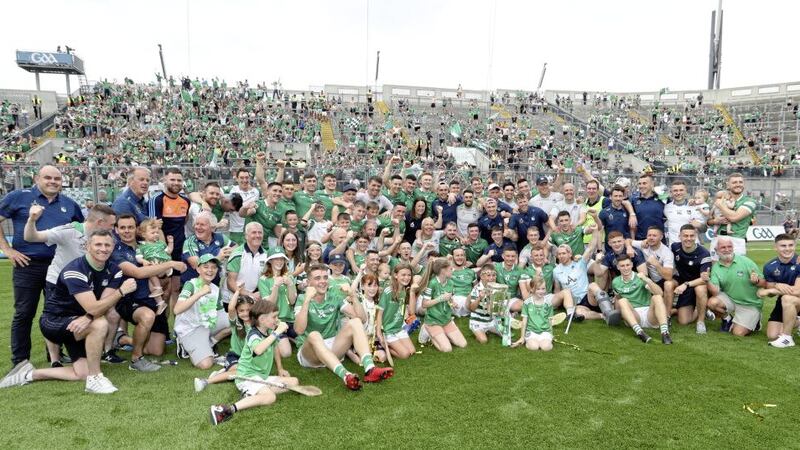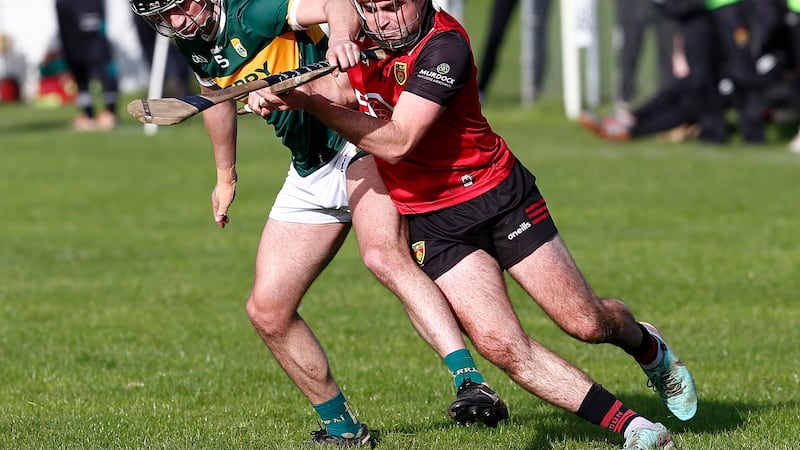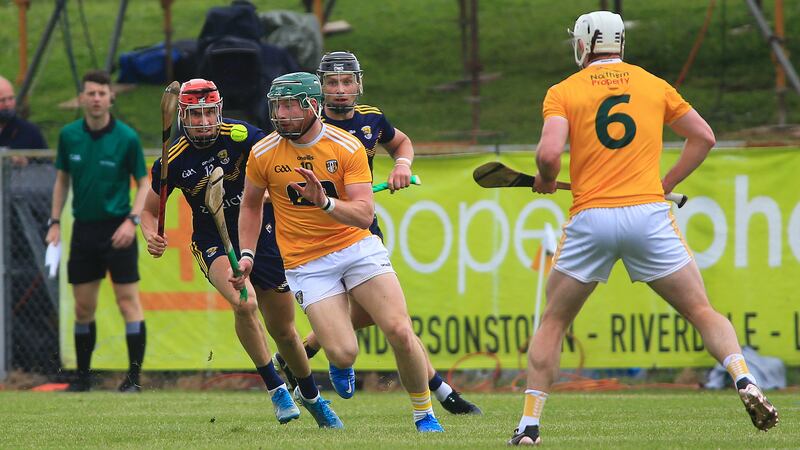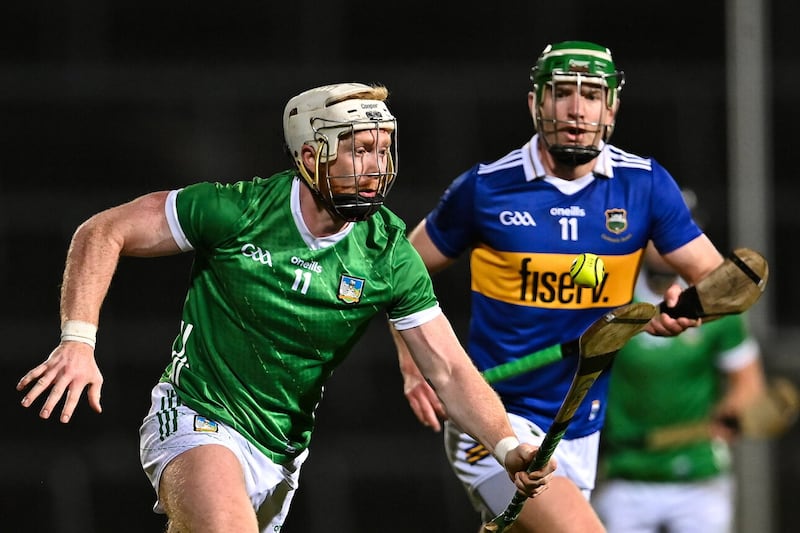Over an hour and a half after the 2018 All-Ireland final, the Limerick players arrived into the players lounge underneath the Hogan Stand, just across the corridor from the dressing rooms.
The Galway players were drowning in their sorrows but the Limerick players were respectful in the moment, just as the Galway players had been a year earlier when they walked into that same room as Waterford were coming to terms with defeat in the 2017 All-Ireland final.
Nickie Quaid and James Skehill sat down chatting together at one table, the goalkeepers having got to know each other over the previous couple of seasons, having often met together for a training session in the St Joseph's Doora Barefield pitch in Gurteen outside Ennis.
Quaid had been part of the Limerick squad since 2010. He played midfield that year as Limerick were in chaos, with most of the players having refused to join the panel over a players strike. Back then, an All-Ireland only existed on the far side of the abyss, a distant fantasy. "Now that we've actually done it," he said after that 2018 final, "I nearly don't know what to do with myself."
Liberated and content, the mental adjustment still took some time to get used to. Three weeks after that final, Quaid was driving home from school in Patrickswell when his mind started drifting back to a place he had occupied for as long as he could remember.
"It just popped into my head, 'I wonder what it would be like to win an All-Ireland?" said Quaid that December. "Then I almost had to pinch myself, 'We have done it now'. You're so programmed to going back training in the winter in November, and picturing what it would be like. Now having lived those memories, you just want to do it again."
It was always going to take Quaid and the older players more time to make that mental adjustment, and to actually believe that Limerick could win more than just one All-Ireland.
Yet that was never an issue for the younger generation, many of whom had won three All-Irelands during the previous four years, having bagged All-Ireland U-21 titles in 2015 and 2017. With a host of those players also having played in the 2014 All-Ireland minor final, they had been so used to the big stage that they felt it was where they belonged.
A couple of days after that 2018 final, Ger and Majella Hegarty, parents of Gearóid, invited a few of the players back to their home on the edge of Limerick city. They were having a few beers in the back room when Ger asked Seán Finn: "Is there another one (All-Ireland) in ye?"
Finn's five word reply was loud and clear and with a firm exclamation mark to underline its intent. "You mean only one more?"
In his seminal book, 'Legacy', James Kerr outlines how the All-Blacks starting point in redesigning the world's most successful sporting culture was developing the character of the players off the pitch, so that they could perform better on it. The challenge then was to work out how to make it real. "There was no blueprint," said Graham Henry. "You couldn't just look it up on the internet."
The plan revolved around a number of critical pillars ranging from individual personal development to a philosophy of continual improvement. The All-Blacks had always been successful but once the culture changed, results went to another level.
Winning cultures start from the bottom up, beginning with parents, guardians, clubs and coaches. But a philosophy of continual improvement in a team environment is largely structured around key principles and stable pillars. Those pillars took a long time to erect but they were firmly put in place in Limerick during the last decade.
Limerick always had good players; the overall culture just wasn't always conducive to giving them the best chance of success. Yet that 2010 strike was Ground Zero and the establishment of the Underage Academy shortly afterwards established a high performance environment from a young age, which fostered a strong ethos of doing everything right.
That culture extended beyond the players. Parents were brought in and given talks on nutrition, on what they should be cooking for their sons. The drop-off statistic for players leaving the Academy to play rugby or soccer, which was always high, plummeted.
Bridging a 45-year gap in 2018 ensured history and immortality for the group, but Limerick were never going to stop there, especially when the foundations were set and the pillars they had constructed had the potential to tower into the sky for years to come.
In the American Football documentary on Tom Brady titled 'Man in the Arena', episode two in that series focusses on the New Englands Patriots team, and how they built a dynasty when winning three Superbowls in four seasons between 2001-2004.
Tedy Bruschi, a linebacker with the Patriots for 13 seasons, and one of the primary leaders on that team spoke in that episode of how the Patriots were always able to strike that ideal balance of knowing deep down that they were better than anyone else, but being humble and disciplined enough to ensure how they stayed that way.
"When you can balance that 'One game at at time, blah, blah, blah,' with that sense deep down that you know as a team, 'We're the best that there is', you know you're in business," said Bruschi. "It's a delicate balance of having those two types of mentality and knowing when to bring them out. The expectation was to win every game. Because we knew we could."
The Patriots had the best players, including a young future Hall of Fame quarter-back in Brady. They worked harder than everyone else but that fusion of hunger, humility and iron-clad belief formed the core tenets of their greatness as they constructed that dynasty.
In so many ways, this Limerick team is similar in how they have gone about constructing their greatness and their right to their place in the pantheon as one of the greatest teams in hurling history.
And this dynasty is still under heavy construction.








